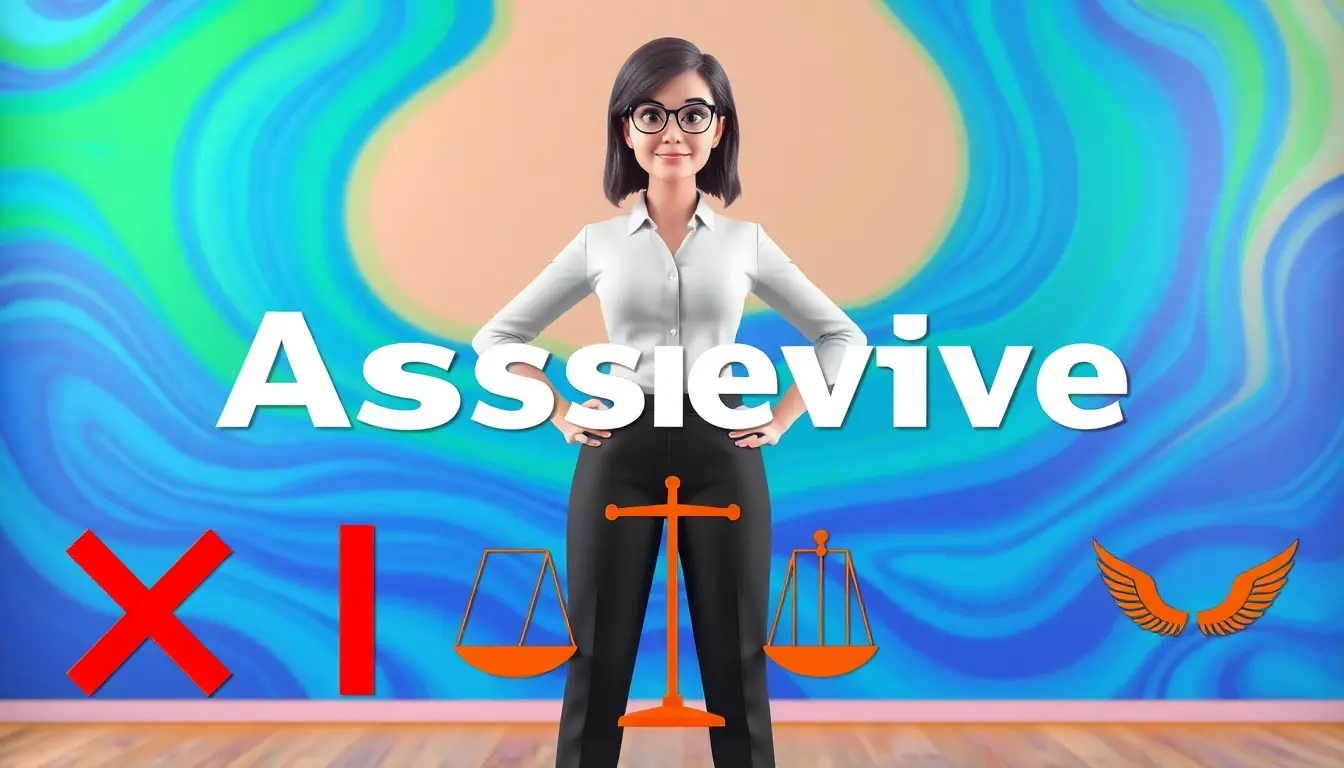Distributive bargaining is a type of negotiation where one party’s gain is equivalent to the other party’s loss. In this scenario, the pie is fixed, and the objective is to get the largest possible slice. This type of bargaining is common in everyday life, from buying a car to asking for a raise. In this article, we’ll explore distributive bargaining examples and provide insights on how to master this win-lose negotiation strategy.
What is Distributive Bargaining?
Distributive bargaining is a competitive negotiation strategy where one party tries to maximize their gains at the expense of the other party. This approach is often used in situations where the resources are limited, and the parties have conflicting interests. In distributive bargaining, each party tries to get the best possible deal, even if it means the other party gets a worse deal.
For example, imagine you’re buying a house, and the seller is asking for $500,000. You offer $450,000, and the seller counters with $475,000. In this scenario, the negotiation is distributive because the price of the house is fixed, and any gain you make is at the expense of the seller.
Characteristics of Distributive Bargaining
Distributive bargaining has several characteristics that distinguish it from other negotiation strategies. These include:
-
Fixed pie: The resources are limited, and the parties are competing for a fixed amount.
-
Competitive: The parties are in a competitive relationship, and each tries to maximize their gains.
-
Win-lose: One party’s gain is equivalent to the other party’s loss.
-
Limited communication: The parties may not share information or communicate openly.
-
Power imbalance: One party may have more power or leverage than the other.
Distributive Bargaining Examples in Real Life
Distributive bargaining is common in many real-life situations. Here are some examples:
Salary Negotiation
Imagine you’re negotiating a salary with your employer. You’re asking for a 10% raise, but the employer is only willing to offer 5%. In this scenario, the negotiation is distributive because the employer’s gain (paying a lower salary) is equivalent to your loss (receiving a lower salary).
Buying a Car
When buying a car, you may negotiate the price with the salesperson. If you offer $20,000, and the salesperson counters with $22,000, the negotiation is distributive because the price of the car is fixed, and any gain you make is at the expense of the salesperson.
Business Negotiations
In business, distributive bargaining is common in contract negotiations, price negotiations, and merger and acquisition deals. For example, a company may negotiate the price of raw materials with a supplier, where the supplier’s gain (higher price) is equivalent to the company’s loss (higher cost).
Strategies for Distributive Bargaining
To succeed in distributive bargaining, you need to develop effective strategies. Here are some tips:
Know Your Walk-Away Point
Before entering into a negotiation, know your walk-away point. This is the minimum you’re willing to accept or the maximum you’re willing to offer. Having a clear walk-away point gives you leverage and helps you avoid making concessions.
Make a Strong First Offer
Making a strong first offer sets the tone for the negotiation. It shows that you’re confident and willing to negotiate. A strong first offer also gives you room to make concessions and still achieve your goals.
Use Time to Your Advantage
Time can be a powerful tool in distributive bargaining. Take time to think before making a counteroffer, and use the time to your advantage. This can help you make a more informed decision and gain an upper hand in the negotiation.
Look for Creative Solutions
While distributive bargaining is often seen as a win-lose situation, it’s possible to find creative solutions that benefit both parties. Look for ways to expand the pie or find mutually beneficial solutions.
Common Mistakes in Distributive Bargaining
While distributive bargaining can be an effective negotiation strategy, it’s not without its pitfalls. Here are some common mistakes to avoid:
Making Concessions Too Quickly
Making concessions too quickly can weaken your bargaining position and give the other party an upper hand. Take time to think before making a concession, and make sure it’s strategic.
Failing to Set a Walk-Away Point
Failing to set a walk-away point can lead to poor negotiation outcomes. Without a clear walk-away point, you may accept a bad deal or make concessions that are not in your best interest.
Being Too Rigid
Being too rigid in your negotiation stance can lead to impasse. Be flexible, and be willing to make concessions to reach a mutually beneficial agreement.
FAQ
What is the difference between distributive bargaining and integrative bargaining?
Distributive bargaining is a competitive negotiation strategy where one party’s gain is equivalent to the other party’s loss. Integrative bargaining, on the other hand, is a collaborative negotiation strategy where the parties work together to find a mutually beneficial solution.
Is distributive bargaining always a win-lose situation?
No, distributive bargaining is not always a win-lose situation. While it’s often seen as a competitive strategy, it’s possible to find creative solutions that benefit both parties.
Can distributive bargaining be used in personal relationships?
Yes, distributive bargaining can be used in personal relationships, such as negotiating with a partner or family member. However, it’s essential to be mindful of the relationship and avoid using manipulative tactics.
Conclusion
Distributive bargaining is a common negotiation strategy used in many real-life situations. By understanding the characteristics of distributive bargaining and developing effective strategies, you can master this win-lose negotiation approach. Remember to set a walk-away point, make a strong first offer, and look for creative solutions. Avoid common mistakes, such as making concessions too quickly and failing to set a walk-away point. With practice and patience, you can become a skilled distributive bargainer and achieve your goals in any negotiation.







Leave a Reply